Whale Watching in Hermanus
Hermanus is regarded as the whale watching capital of South Africa. By Land - By Boat - By Air
Hermanus is regarded as the whale watching capital of South Africa. By Land - By Boat - By Air
The Old Harbour Open-Air Museum is a provincial heritage site. It is unique in that apparently it is one of only two fishing harbours in the world that has been conserved in tact.
meanders for almost 11 kilometres along the coast from the New Harbour in the west to the estuary at the mouth of the Klein River in the east.
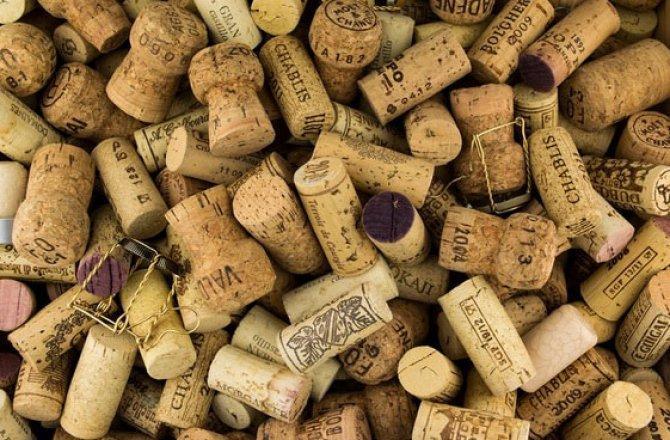
Wine lovers might treasure the oaky, full-bodied taste of a cabernet sauvignon or the light and fruity aroma of a pinot grigio. But if the bottle is stopped with a low-quality cork, they can kiss that meticulously cultivated flavor goodbye.
Many people may only worry about corks when it's time to pop the Champagne, but some experts are worried about wine cork quality, which has been mysteriously in decline for almost 20 years. Corks are made from the bark of Quercus suber trees, commonly called cork oaks, which grow only in southwest Europe and northwest Africa. More and more low-quality cork trees with thin bark are sprouting up. [6 Unexpected Effects of Climate Change]
Corks are made from the bark of Quercus suber trees, commonly called cork oaks, which grow only in southwest Europe and northwest Africa. More and more low-quality cork trees with thin bark are sprouting up. [6 Unexpected Effects of Climate Change]
Now scientists think rising temperatures and increased exposure to ultraviolet, or UV, light brought on by climate change may be behind chemical changes in the bark of cork oaks.
"There are several factors like climate change, landscape changes and the dry seasons getting longer that could be causing the decline," Rita Teixeira from the University of Lisbon, told Live Science. "The change in bark quality may be the trees' way of adapting."
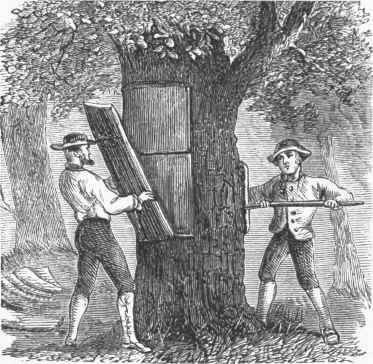 Bark acts as the protective outer layer on trees that protects the plant from drought and shields against radiation. Cork oaks have been growing thinner and more porous layers of bark. Cork producers need bark that's at least 27 millimeters (1 inch) thick to make a good cork, but most of the trees are now producing bark between 3 mm and 10 mm (0.1 inches and 0.4 inches), Teixeira and colleagues write in their study, which was published June 22 in the Journal of Experimental Botany.
Bark acts as the protective outer layer on trees that protects the plant from drought and shields against radiation. Cork oaks have been growing thinner and more porous layers of bark. Cork producers need bark that's at least 27 millimeters (1 inch) thick to make a good cork, but most of the trees are now producing bark between 3 mm and 10 mm (0.1 inches and 0.4 inches), Teixeira and colleagues write in their study, which was published June 22 in the Journal of Experimental Botany.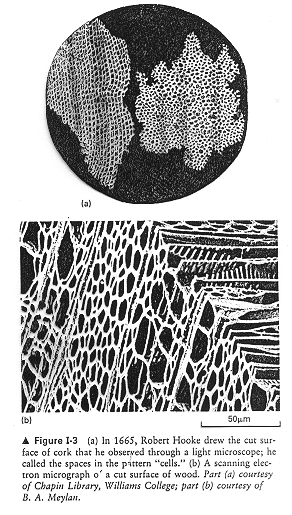 To figure out what might be causing the changes, Teixeira and a team of researchers analyzed genes in the bark of five high-quality cork trees and five low-quality cork trees growing in Portugal. The scientists discovered that heat shock proteins are essential to the bark of high-quality cork trees. These proteins help the tree grow normally even under stressful conditions like drought and high temperatures, and promote cell division that makes the bark grow thicker.
To figure out what might be causing the changes, Teixeira and a team of researchers analyzed genes in the bark of five high-quality cork trees and five low-quality cork trees growing in Portugal. The scientists discovered that heat shock proteins are essential to the bark of high-quality cork trees. These proteins help the tree grow normally even under stressful conditions like drought and high temperatures, and promote cell division that makes the bark grow thicker.
Bad cork trees have fewer of these shock proteins, but they have more genes that produce huge amounts of phenolic compounds, UV-absorbing chemicals that collect inside the bark. Teixeira and colleagues found that poor-quality cork trees have twice as many phenolic compounds as good-quality cork trees, which suggests the bad-quality cork trees are adapting to protect themselves from elevated radiation levels.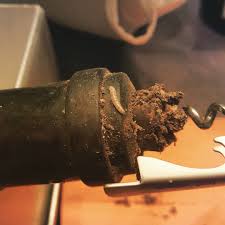 The researchers also discovered that the trees with thin layers of bark have lots of lenticular channels — small airways that allow gas exchange between the bark and the outside air. Corks made from this kind of bark are considered low quality, because the lenticular channels allow more air to enter the bottle. The oxygen seeping in reacts with the alcohol and makes acetic acid that gives the wine an unpleasant sour and vinegar-like taste. A batch of bad corks can ruin entire cases of wine, Teixeira said.
The researchers also discovered that the trees with thin layers of bark have lots of lenticular channels — small airways that allow gas exchange between the bark and the outside air. Corks made from this kind of bark are considered low quality, because the lenticular channels allow more air to enter the bottle. The oxygen seeping in reacts with the alcohol and makes acetic acid that gives the wine an unpleasant sour and vinegar-like taste. A batch of bad corks can ruin entire cases of wine, Teixeira said.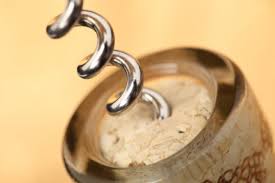 The global cork industry is worth about $2 billion, but metal wine stoppers are cheap alternatives and are growing in popularity. Past research published in Flavour and Fragrance Journal found that consumers could not tell the difference between wine corked with a natural oak-based cork and wine that was corked with a metal stopper. However, many wine producers still prefer the original oak-based cork, but the choice between a cork and a metal cap is hotly debated among wine enthusiasts.
The global cork industry is worth about $2 billion, but metal wine stoppers are cheap alternatives and are growing in popularity. Past research published in Flavour and Fragrance Journal found that consumers could not tell the difference between wine corked with a natural oak-based cork and wine that was corked with a metal stopper. However, many wine producers still prefer the original oak-based cork, but the choice between a cork and a metal cap is hotly debated among wine enthusiasts.
Teixeira says that after more genetic testing, it may be possible to select the best cork oaks for breeding and increase the quality of the cork used to stop wine bottles. In the future it may even be possible to genetically engineer cork oaks with high-quality bark.
Article first appear in Marine Wildelife Magazine
Call us and schedule your listing today! Contact Us
in and around Hermanus
With countless Southern Right Whales gathering along the Whale coast every year to mate and to calve
One for the Bucket list
Experience the exceptional and come face to face with a great white shark! Gansbaai also known as Shark Alley…
4 x Wine Routes
Hermanus is surrounded by 4 Wine routes, the Hermanus - (Hemel-and-Aarde); Stanford -, Elim - and Botriver Wine Route
![]()
in the Cape whale Coast
Hermanus is a spectacular seaside town with winding cliff paths, sloping green mountains, and deep blue waters.
Copyright © 2025 Hermanus Online Magazine. Web Development by Jaydee media.